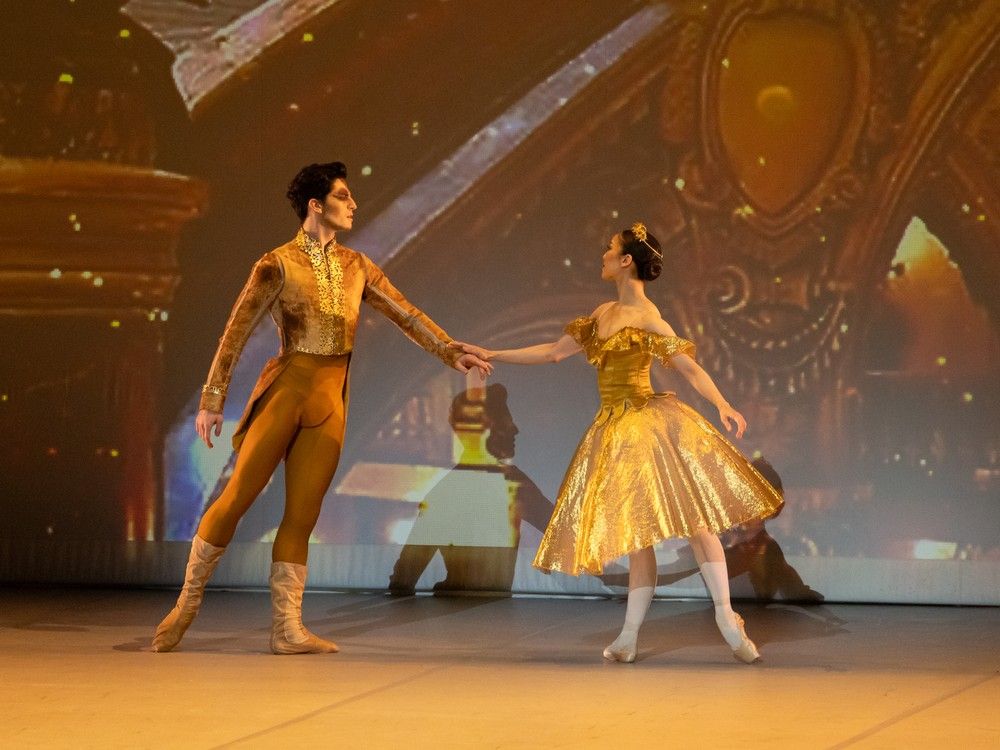Fictional movie characters are chasing ‘authenticity’ on TikTok to get your attention

Marketing in the digital age has taken a new turn with the rise of fictional characters like Skye Riley. The character of Skye Riley, played by Naomi Scott in Paramount’s hit horror film Smile 2, has been brought to life on TikTok through a page dedicated to her. The videos posted on Skye Riley Nation TikTok are so realistic that some users are even fooled into thinking that Skye Riley is a real person.
The marketing strategy behind Skye Riley’s character is innovative and disruptive, according to experts. Aleena Mazhar Kuzma, senior vice-president at Fuse Create, a Toronto-based advertising agency, believes that the authenticity of the videos on Skye Riley’s page captures the attention of users. By creating content that resembles organic TikTok videos, the marketers behind Skye Riley are able to attract new audiences and engage existing fans of the franchise.
The success of Skye Riley’s character on TikTok can be attributed to the blend of realism and fiction. The character’s profile features links to a website promoting Riley’s music from the movie, which is being marketed as an album, as well as other Paramount products. Some users have even expressed confusion over whether Skye Riley is a real person or not, highlighting the effectiveness of the marketing campaign.
Paramount’s marketing strategy for Smile 2 follows in the footsteps of the original Smile, which utilized a viral marketing campaign involving actors with creepy smiles attending major public events. The success of the first film paved the way for the sequel, which has reportedly generated $130 million US at the global box office against a budget of $28 million.
The concept of blurring the lines between reality and fiction is not new in the world of marketing. Films like The Blair Witch Project and Longlegs have used similar tactics to create buzz and intrigue among audiences. By creating a sense of realism around fictional characters, marketers are able to humanize them in our world, making them more relatable and engaging to consumers.
Characters like Deadpool and Tony the Tiger have also successfully blurred the lines between fiction and reality, appearing on social media and in advertisements to connect with audiences on a more personal level. The strong connection between consumers and these characters makes for a more impactful marketing strategy, ultimately leading to increased engagement and brand loyalty.
As the fans eagerly await the release of Smile 3 and the fate of Skye Riley, it’s clear that the success of fictional characters in marketing campaigns is here to stay. The seamless integration of fictional characters into our digital world has opened up a world of possibilities for marketers looking to create engaging and immersive experiences for their audiences.



